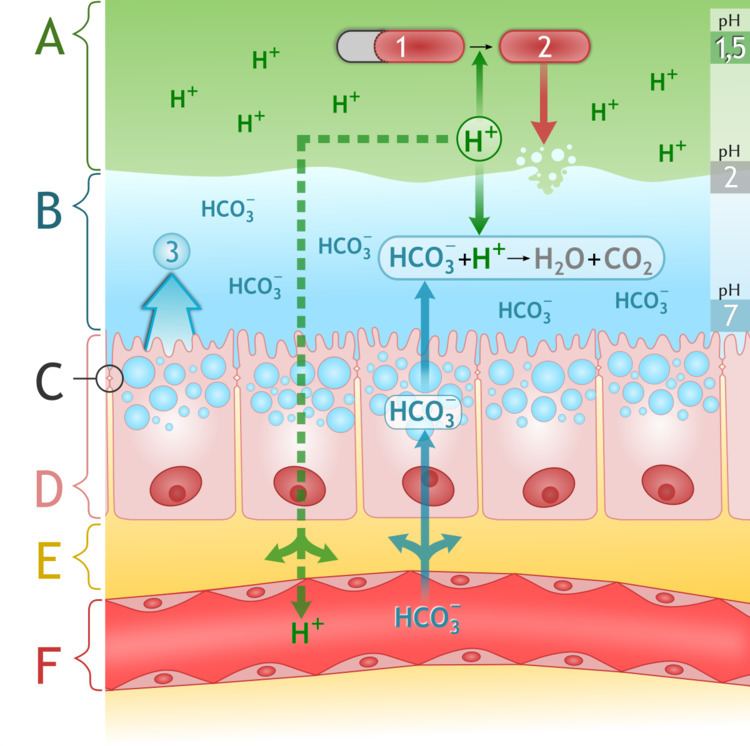 | ||
The gastric mucosal barrier is the property of the stomach that allows it to safely contain the gastric acid required for digestion.
If the barrier is broken, as by acetylsalicylic acid (ASA, aspirin) in acid solution, acid diffuses back into the mucosa where it can cause damage to the stomach itself.
The barrier consists of three protective components [1]. These provide the additional resistance for the mucosal surface of the stomach. The three components include:
Factors that can damage the barrier
-Bacterial Infection by Helicobacter pylori
-Alcohol
-NSAIDs
References
Gastric mucosal barrier Wikipedia(Text) CC BY-SA
